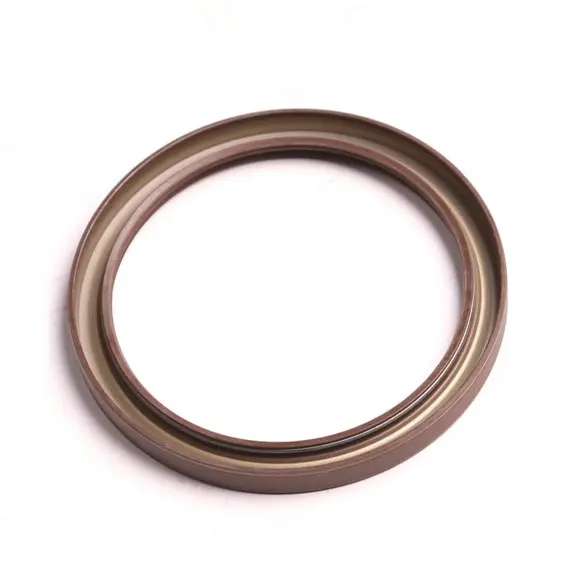10 月 . 06, 2024 07:11 Back to list
oil seals
Understanding Oil Seals Importance, Types, and Applications
Oil seals, also known as radial lip seals or rotary shaft seals, play a crucial role in numerous mechanical applications. They are designed to seal lubricant oil, preventing leaks and protecting machinery components from contamination by dirt, dust, and other environmental factors. The effective functionality of oil seals is pivotal in ensuring the longevity and reliability of equipment across various industries, including automotive, manufacturing, and aerospace.
Importance of Oil Seals
Oil seals are essential for maintaining the integrity of machinery. They help to retain lubricant, which reduces friction between moving parts, thereby enhancing performance and preventing wear. Additionally, oil seals contribute to the overall efficiency of machinery by preventing the entry of impurities. Without these seals, oil would escape, leading to inadequate lubrication. This can cause overheating, increased friction, and eventually mechanical failure.
In automotive applications, for instance, oil seals are critical in engines, gearboxes, and differentials. Their role in sealing engine oil and transmission fluids prevents leaks that can harm the environment and lead to costly repairs. In industrial machinery, oil seals help maintain the performance of motors and pumps by ensuring that lubricants remain contained and that contaminants are kept at bay.
Types of Oil Seals
Oil seals come in various designs and materials, each suited to specific applications. The most common types of oil seals include
1. Radial Lip Seals Featuring a flexible lip that rides on the shaft, these seals are designed to accommodate small misalignments and runouts. They are widely used in rotating applications, such as in automotive engines and electric motors.
oil seals

2. Flat Seals These are used in applications where the sealing surface is flat rather than cylindrical. They offer excellent sealing capabilities for static applications.
3. Hydraulic Seals Designed specifically for hydraulic applications, these seals can handle high pressures and are crucial in hydraulic cylinders and pumps.
4. Mechanical Seals Often used in stationary applications, mechanical seals consist of two parts a rotating element and a stationary element, which work together to seal the fluid.
Materials used for oil seals vary, but some of the most common include rubber, polyurethane, and silicone. The choice of material depends on factors such as temperature, chemical compatibility, and the type of fluid involved.
Applications of Oil Seals
The applications of oil seals are extensive. In the automotive industry, they are found in engines, transmissions, and differentials, ensuring optimal performance and longevity of the vehicle. In industrial machinery, oil seals are crucial in equipment like pumps and compressors, where maintaining oil levels and preventing leaks are vital for efficiency. Additionally, oil seals are also used in various consumer products, such as appliances and lawn equipment, to enhance durability and reliability.
Conclusion
Oil seals are an often-overlooked yet vital component in machinery design and operation. Their ability to prevent leaks and contamination not only contributes to the efficiency of mechanical systems but also helps in reducing maintenance costs and enhancing safety. As technology advances, the importance of high-quality oil seals will continue to grow, driving innovations in materials and designs to meet the demands of various industries. Proper selection and maintenance of oil seals can greatly influence the performance and lifespan of equipment, making them an integral part of successful engineering practices. Whether in a car engine or an industrial machine, oil seals are the unsung heroes that keep machinery running smoothly and efficiently.